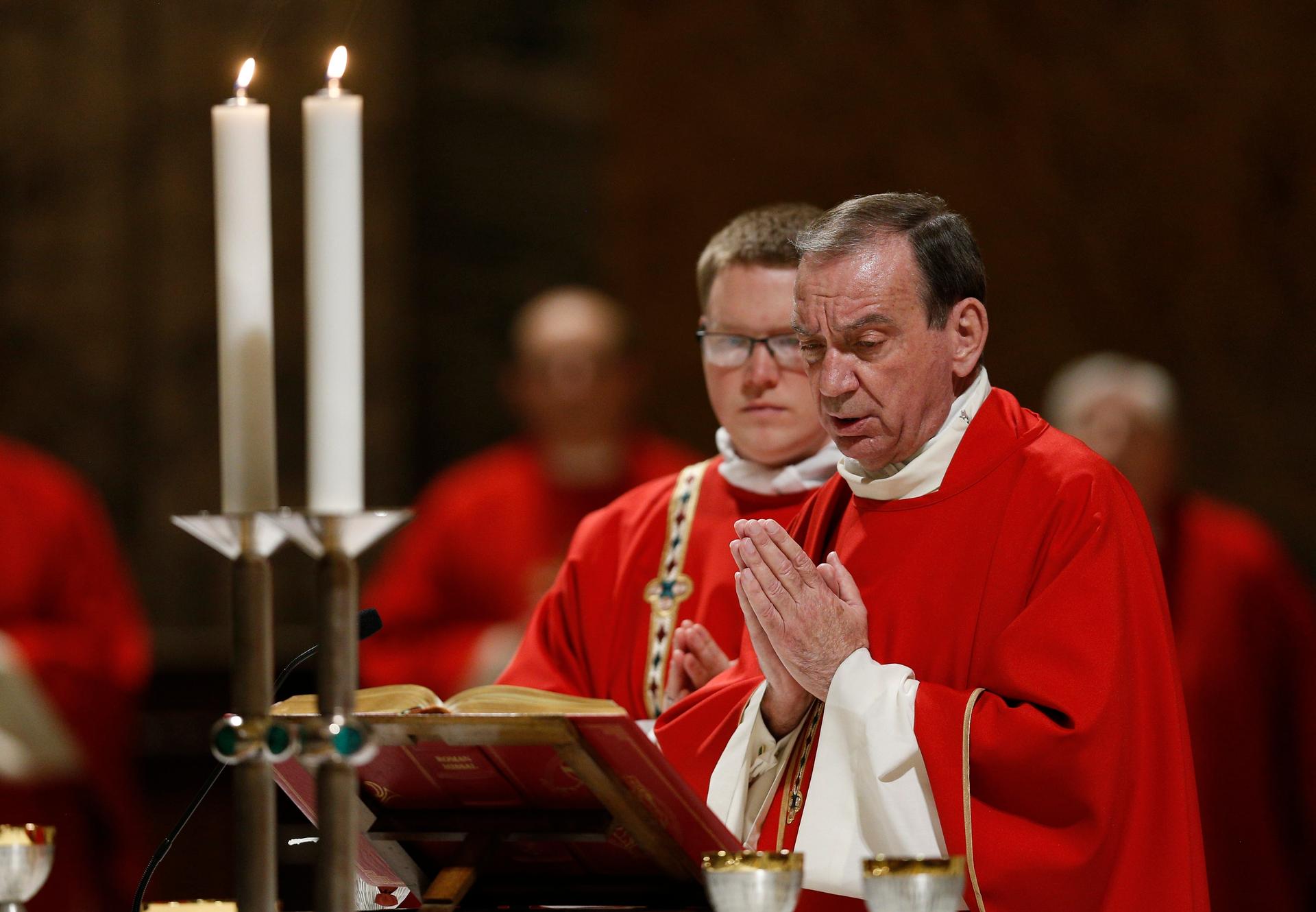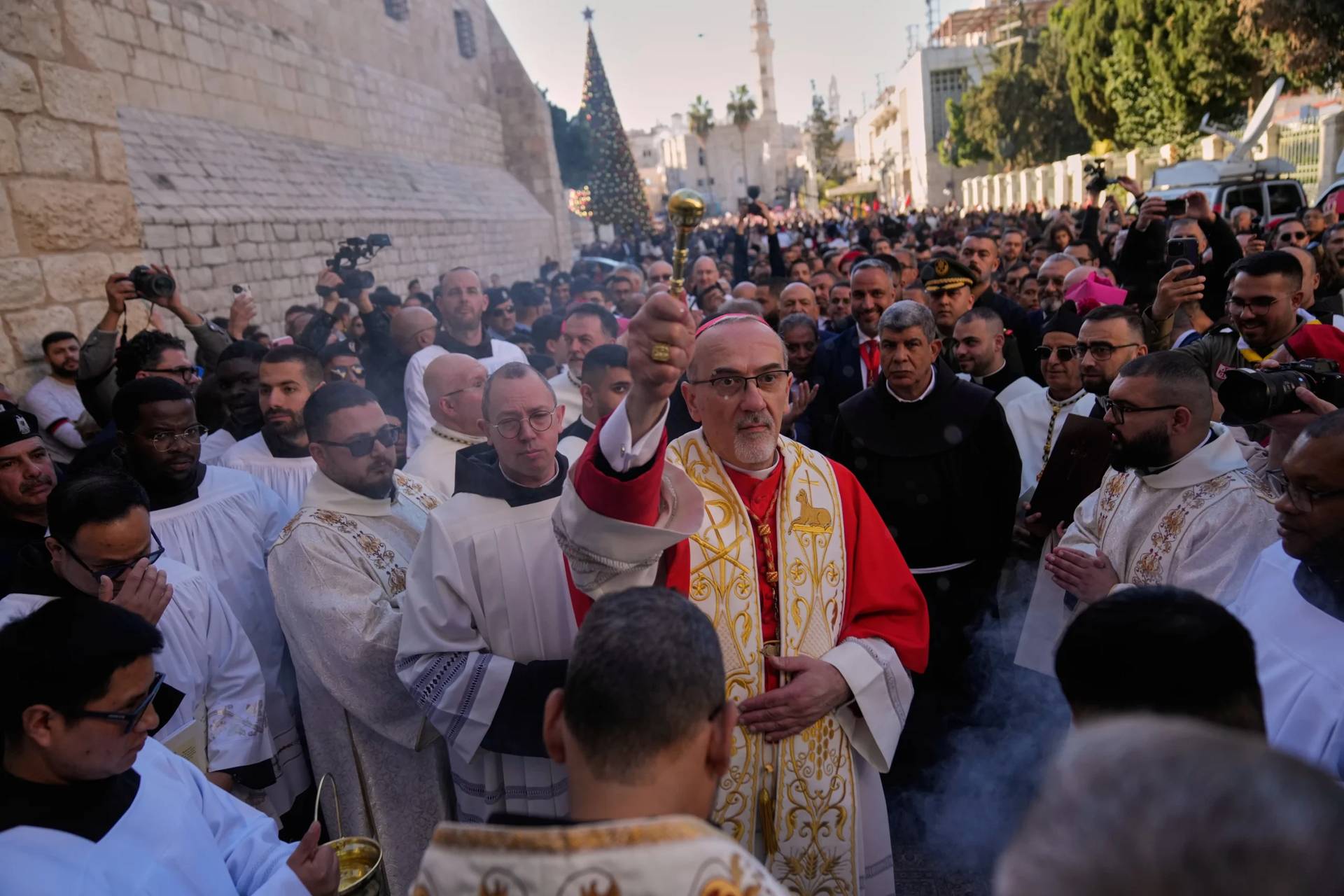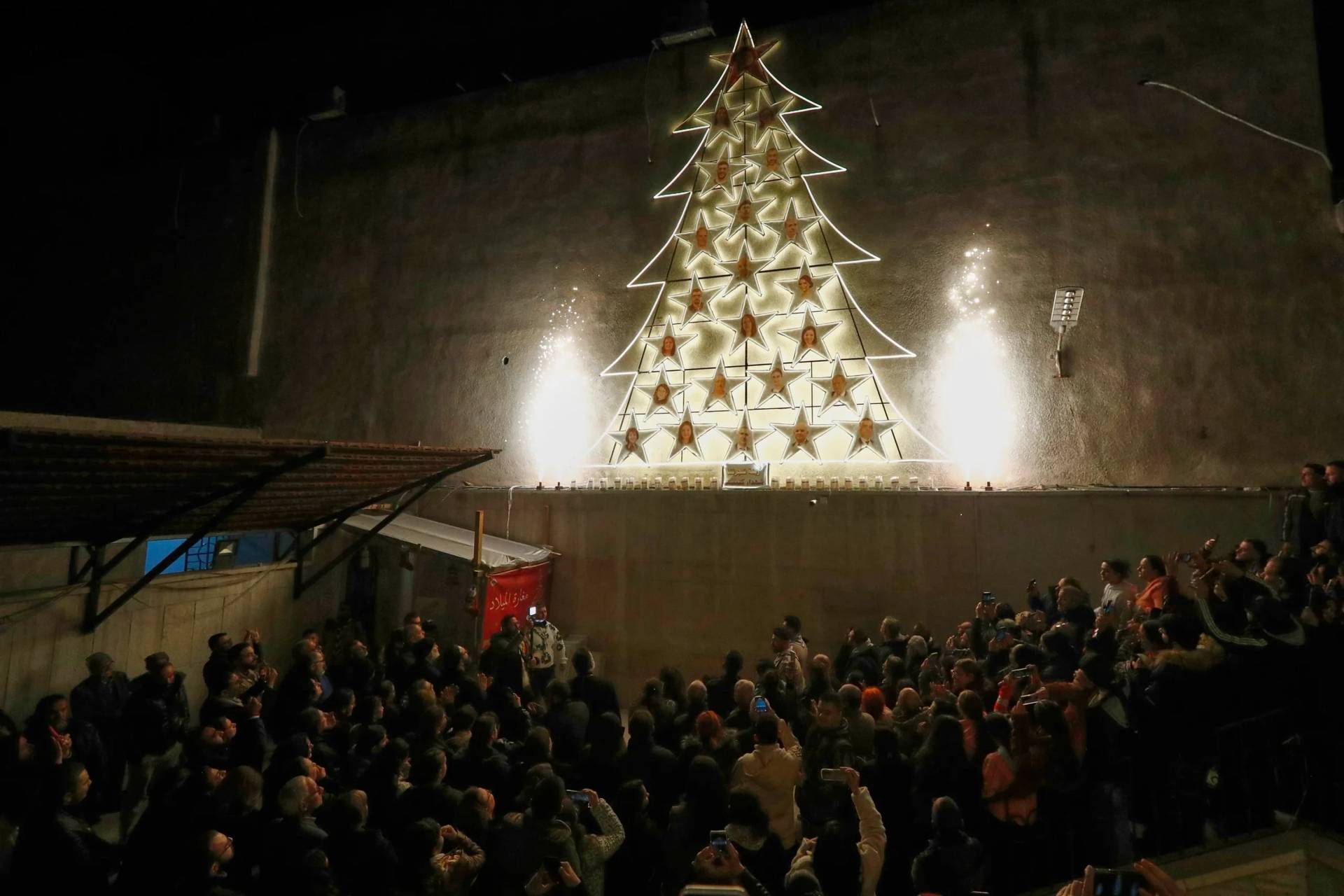NEW YORK – Key findings cited in the first U.S. diocesan synod report available for public consumption highlight a strong desire from parishioners for the church to better reach out to the marginalized, be more transparent, be more consistent in moral teaching, and focus on the “critical” need to reengage youth and young adults in the faith.
The report was posted by the Archdiocese of Cincinnati in late April. All diocesan synod reports are due to the United States Conference of Catholic Bishops on June 30.
In an introductory letter of the document, Deacon John Homoelle, the synod coordinator in the archdiocese, expressed gratitude for the “time, passion and commitment” of the “over 1,700” people that participated in the diocesan listening sessions.
“In our quest to be a more synodal church, the archdiocese, while not advocating for or against any of the ideas, will be examining them to discern what steps might be taken locally even before the 2023 synod takes place in Rome,” Homoelle wrote.
The 13-page report includes a breakdown of the process the archdiocese used, the demographic breakdown of the participants and the key findings. The Archdiocese of Cincinnati has roughly 450,000 Catholics and 210 parishes across 19 counties of western and southwestern Ohio.
After a synod team was identified the archdiocese began its process late last year with a period of discernment and prayer. The archdiocese then held synod listening sessions in each archdiocesan deanery, as well as by prayer groups, religious orders, and universities over the first four months of 2022. Two of the meetings were conducted in Spanish, and American Sign Language interpreters were also present at two of the meetings, according to the report.
Synod team members summarized the findings of each meeting, which were compiled into the final document that went to Archbishop Dennis Schnurr for approval and then to the USCCB.
The listening sessions focused on four topics: parishioner experiences of a group working together where the Holy Spirit was present, the church’s mission, the voices that aren’t being heard in the parishes, church, or community, and ways for the archdiocese to improve participation and transparency in those three community settings.
The listening session participants were predominantly European (86.48 percent), older than 65 (38.38 percent) and female (57.73 percent), according to the report. The other ethnicities named were Hispanic (10.47 percent) and African (1.83 percent). Other ethnicities accounted for the other 1.22 percent.
More than 62 percent of the participants were over the age of 50, meanwhile about 24 percent were 19-34. Less than 1 percent of the participants were part of the LGBTQIA+ community, the report says.
Schnurr and Homelle both declined Crux’s request to comment on the report.
The report highlights 17 key findings from the listening sessions. One was cynicism from parishioners that anything would actually change in the archdiocese as a result of the synod process, citing “past experience with the hierarchy as measured by a perceived lack of feedback, lack of interaction with the laity, and lack of change from thoughts and ideas that have been provided. It adds that decision-making in the archdiocese should become less “top down.”
Another frequent comment from parishioners acknowledged by the report was that “the marginalized are often ignored.” It identifies the incarcerated, the poor, the homeless, the addicted, the elderly, refugees, and immigrants as part of this group. There were also mentions of the difficulty deaf people have going to confession when there is no priest who can sign, and that blind people have no braille-based books to follow the Mass.
The key findings also highlighted the parishioners’ belief that there’s a “critical” need to reengage youth and young adults in the faith, and a need to catechize parents so they can take the lead as the first teachers of the faith to their children.
There were multiple suggestions for clergy in the key findings of the report, as well. It says that it was a “widely held comment” that priests should be relieved of their administrative responsibilities to focus on ministry, noting that “lay people stand ready to help.”
On the topic of clergy, it also suggests a “clamoring” for clergy from Pope Francis down to local priests to be more consistent in moral teaching, and the desire for better homilies that are more relevant to today’s life and issues.
Comments were also made about the ordination of women as a matter of social justice, the need for more women decision makers, the church’s struggles in addressing LGBTQ+ issues, the need to further promote the work of lay-led organizations and parish groups, and more transparency in all areas of church communications.
The final key finding stated: “We need to establish avenues to make people feel more genuinely welcomed when they come to Mass or any other function.”
Many of the key findings align with the feedback other dioceses have received through their own synodal processes. Most U.S. dioceses at this point are finishing up or in the thick of their listening sessions. Julie McStravog, a USCCB synod consultant, told Crux that dioceses are “pretty on target” with where they should be in the synod process to meet the June 30 deadline.
The Diocese of Lafayette, Louisiana, and Beaumont, Texas, have also submitted their synod reports to the USCCB, she said. Both dioceses declined Crux’s request for comment.
The Archdiocese of Cincinnati report concludes that the laity in the archdiocese “stand ready to assist the hierarchy of the church to make it better.”
“The lay faithful have many untapped gifts that they can bring to the church. Synodality is a way for clergy and laity to work together to better advance the message of salvation to all in the world by more fully embracing their priestly, prophetic, and kingly call,” the report reads. “Much fruit can be harvested from these meetings and future meetings like them.”
Follow John Lavenburg on Twitter: @johnlavenburg

















